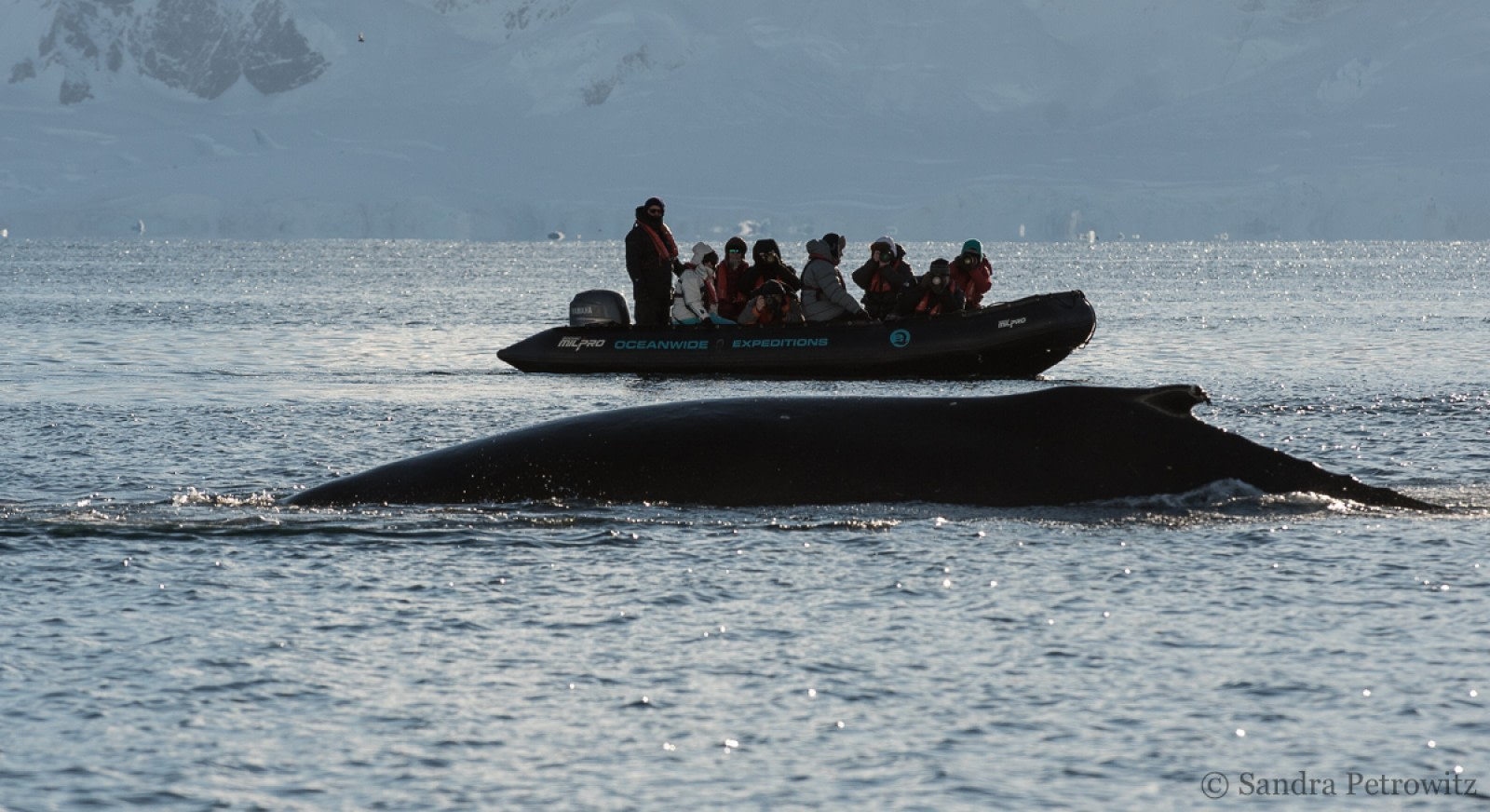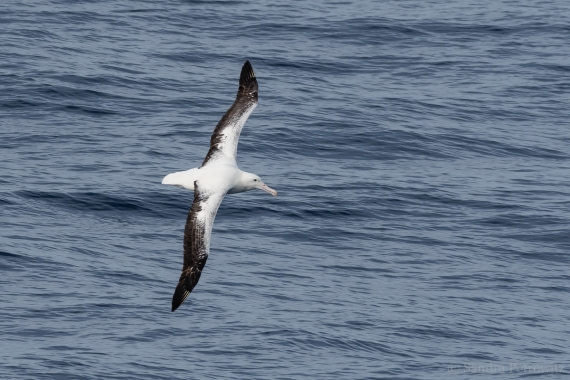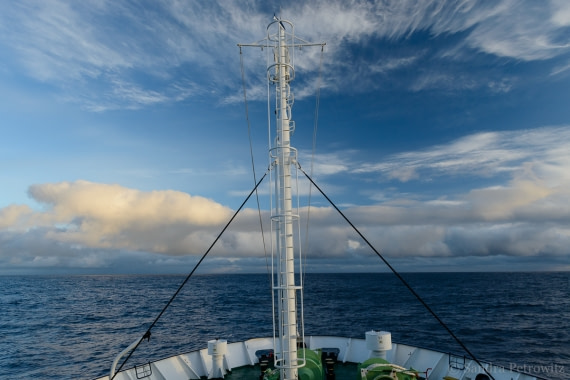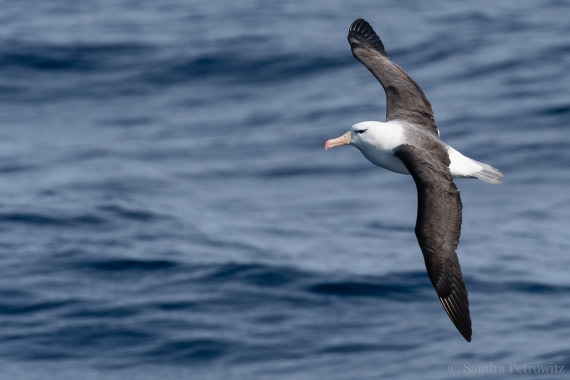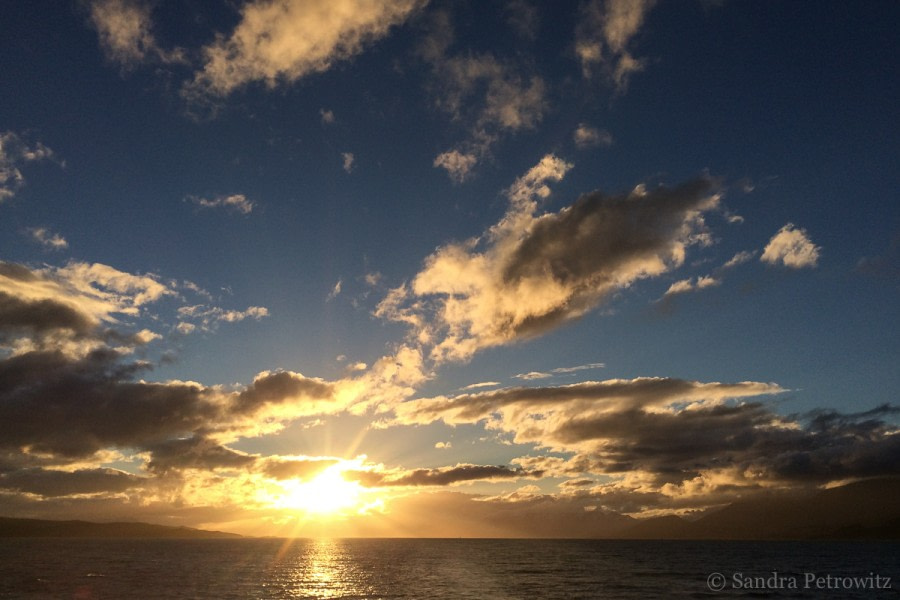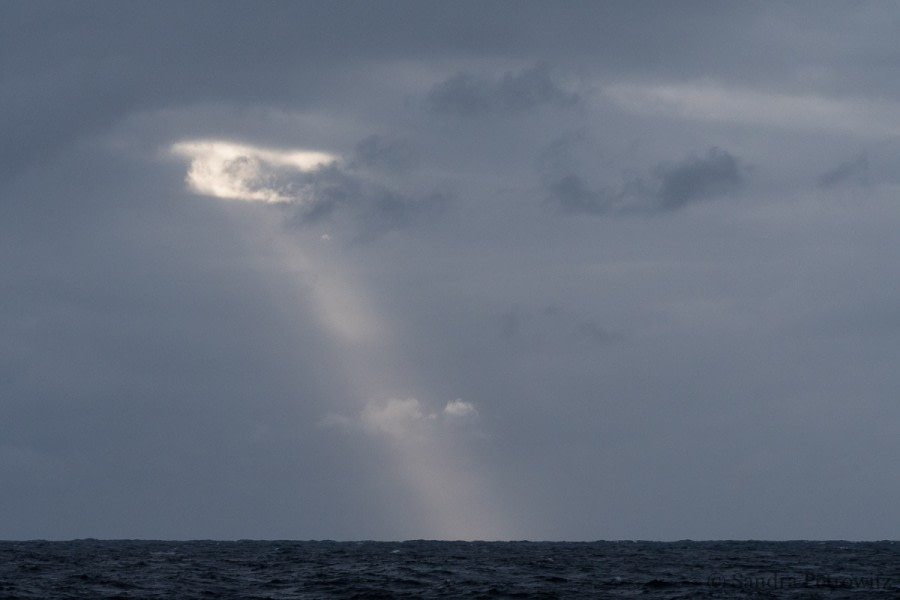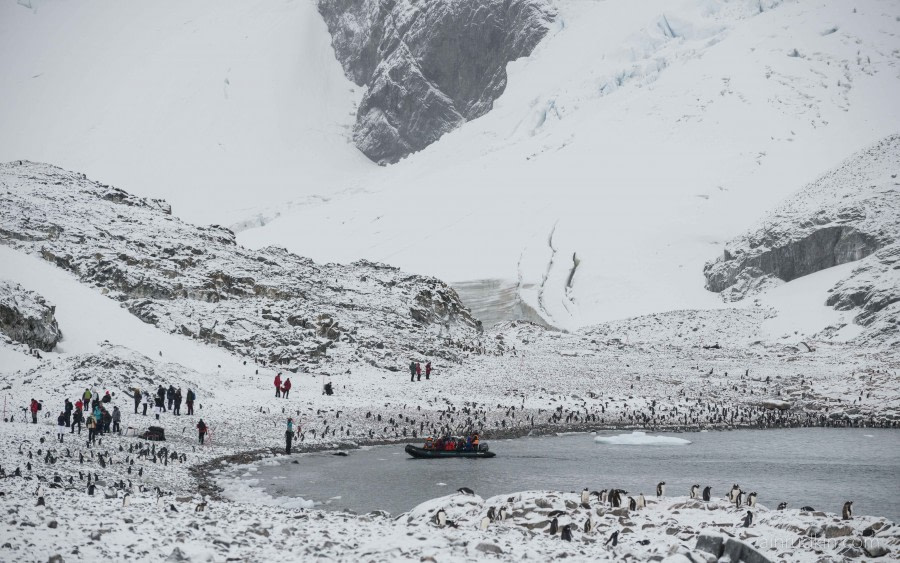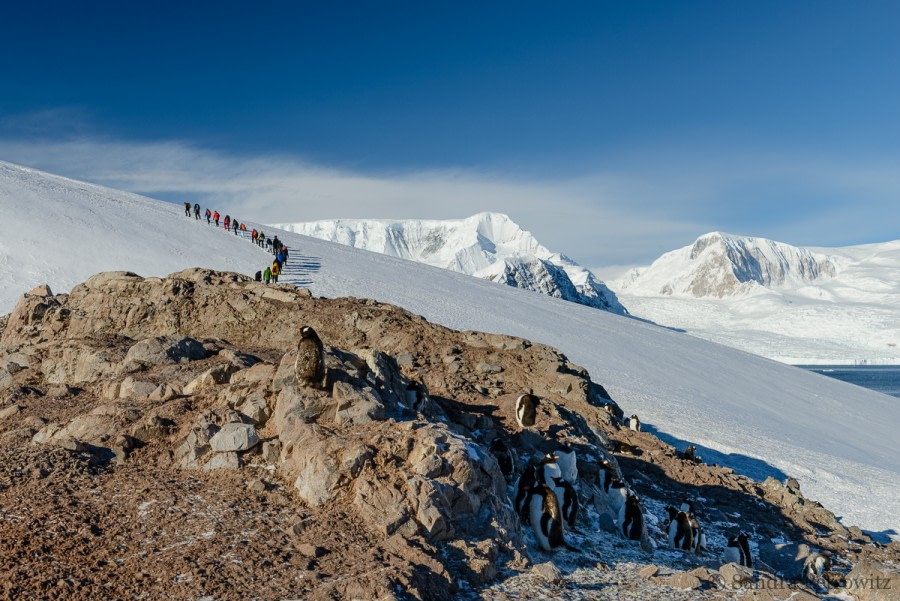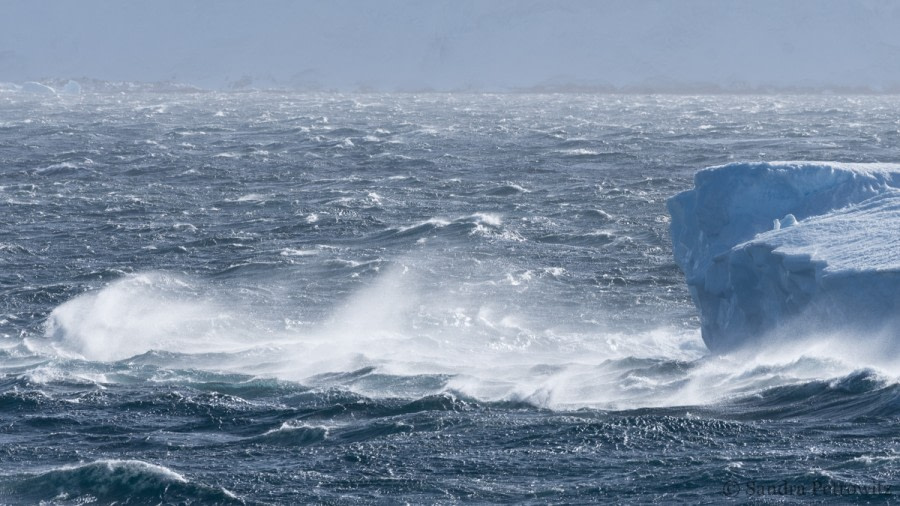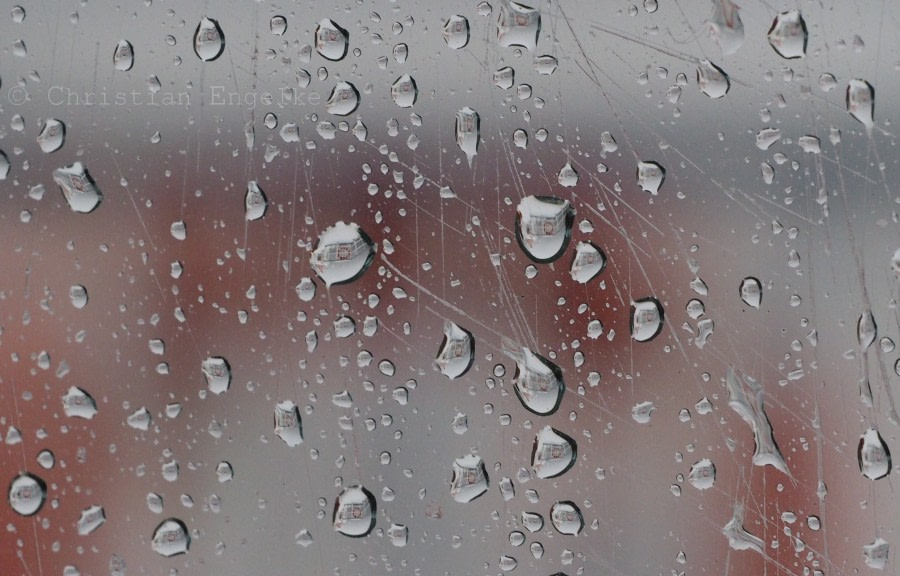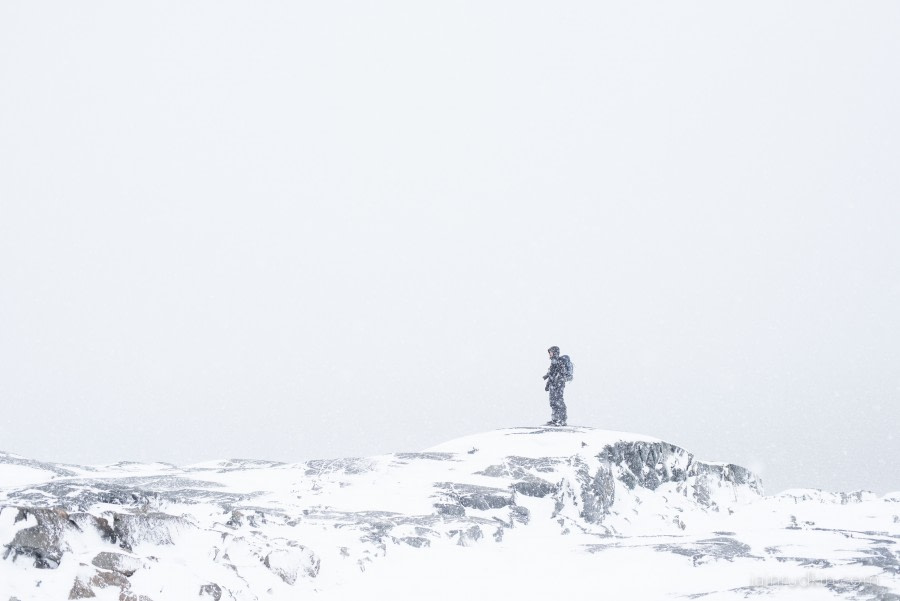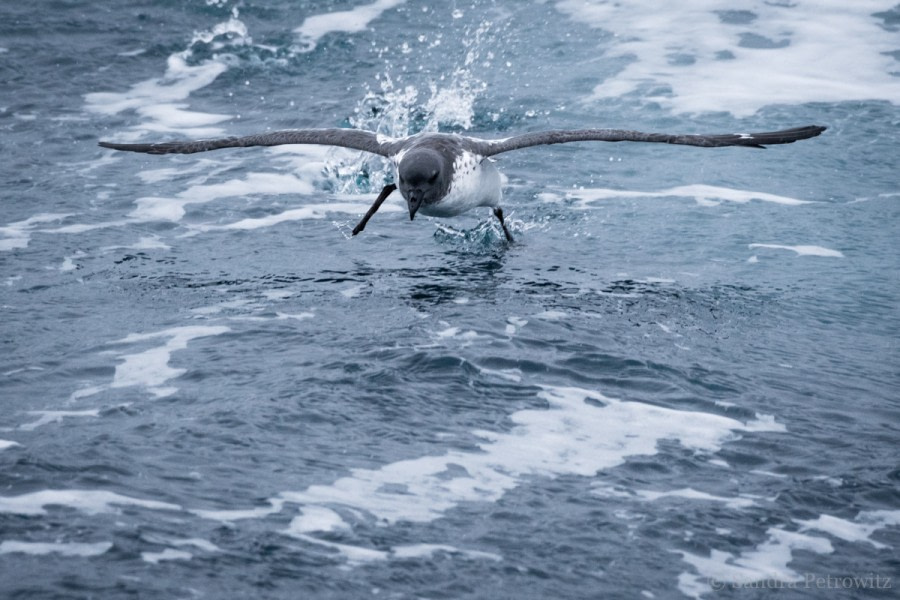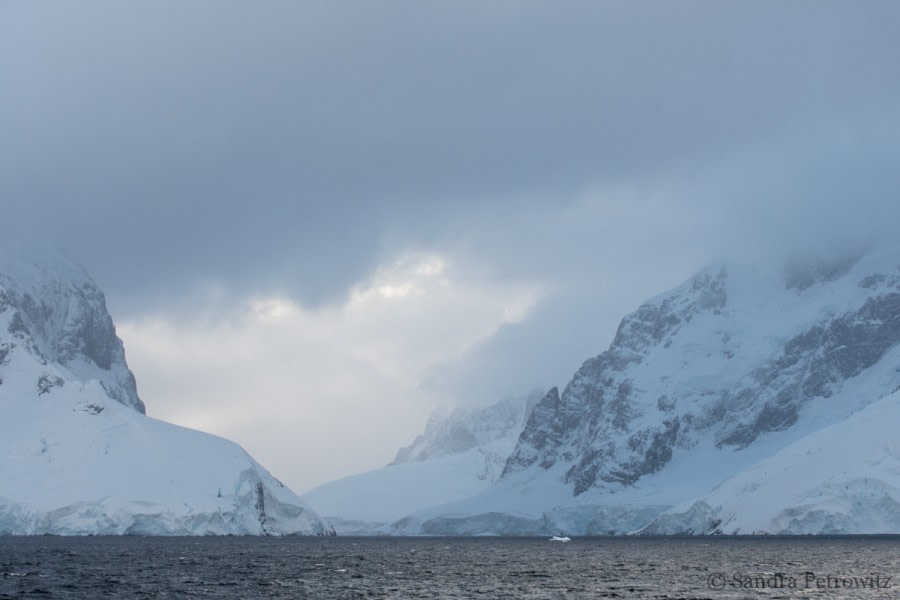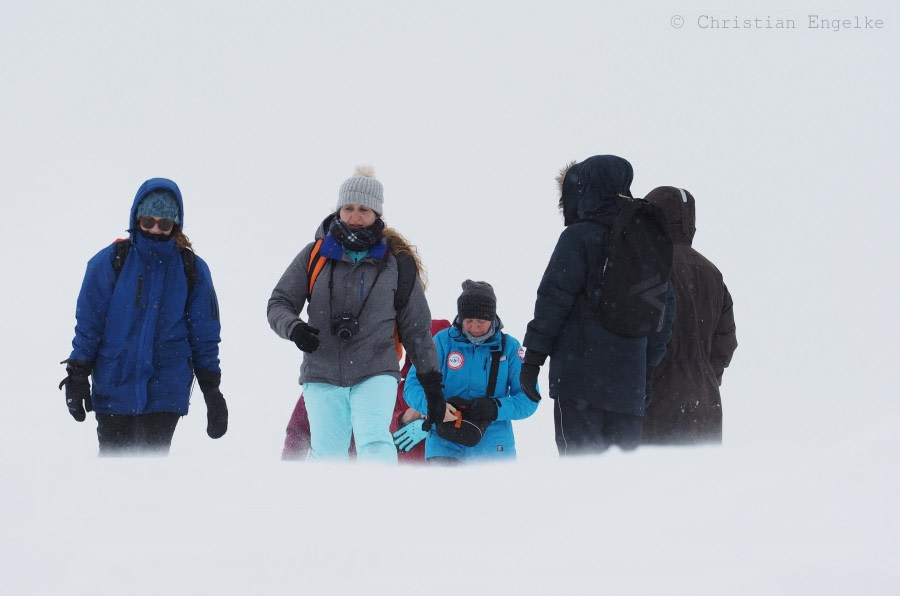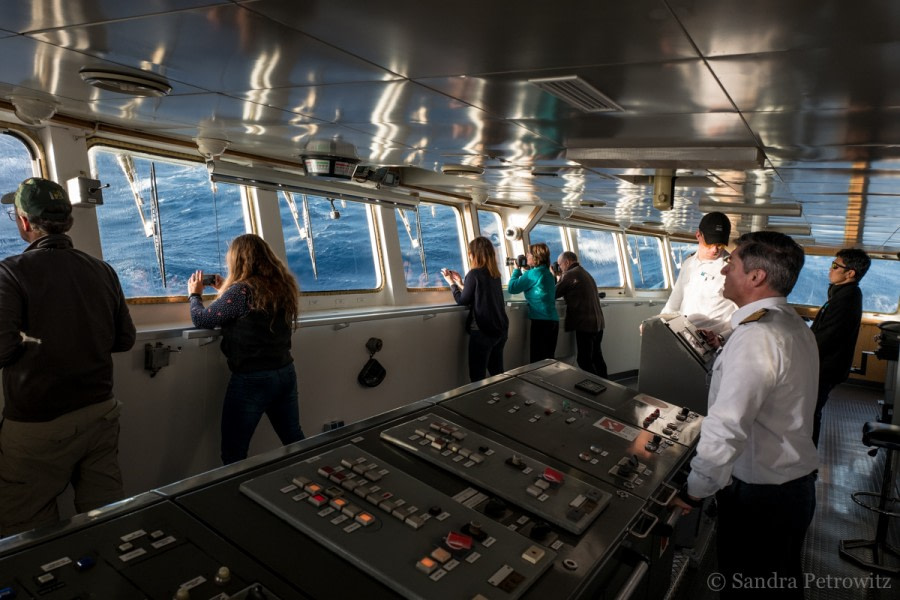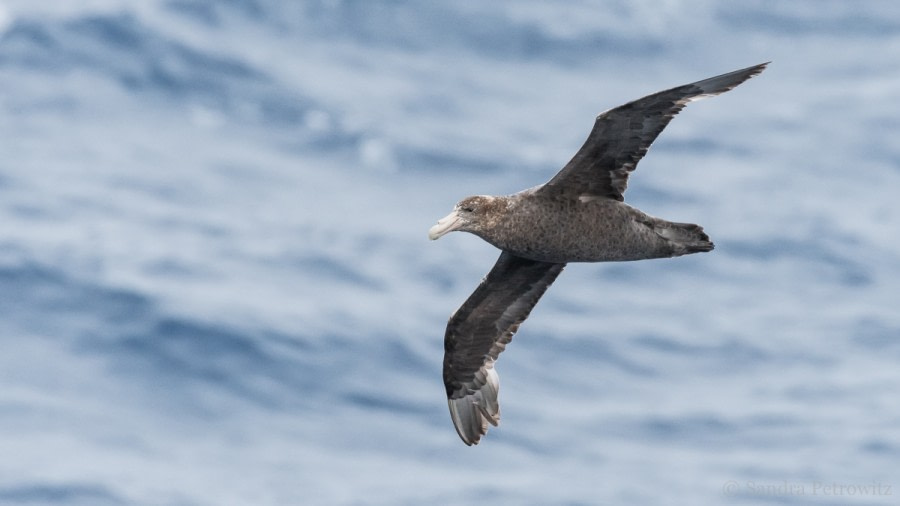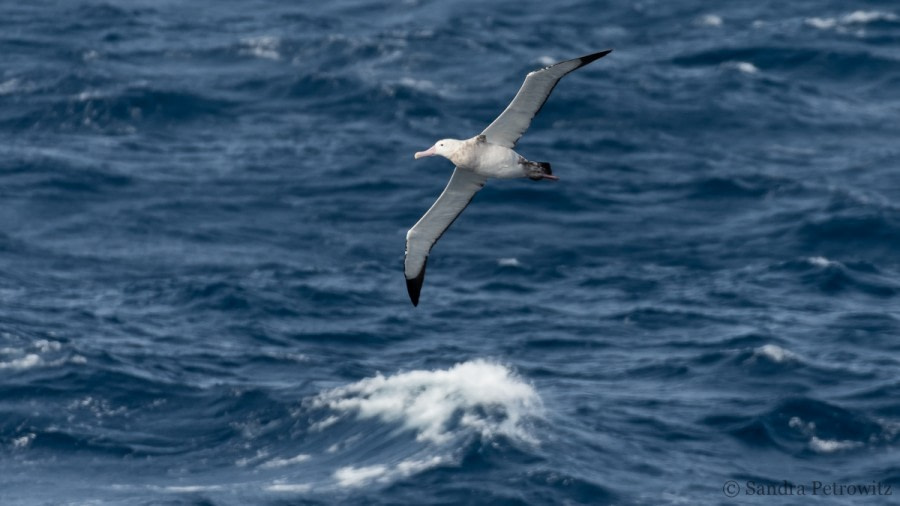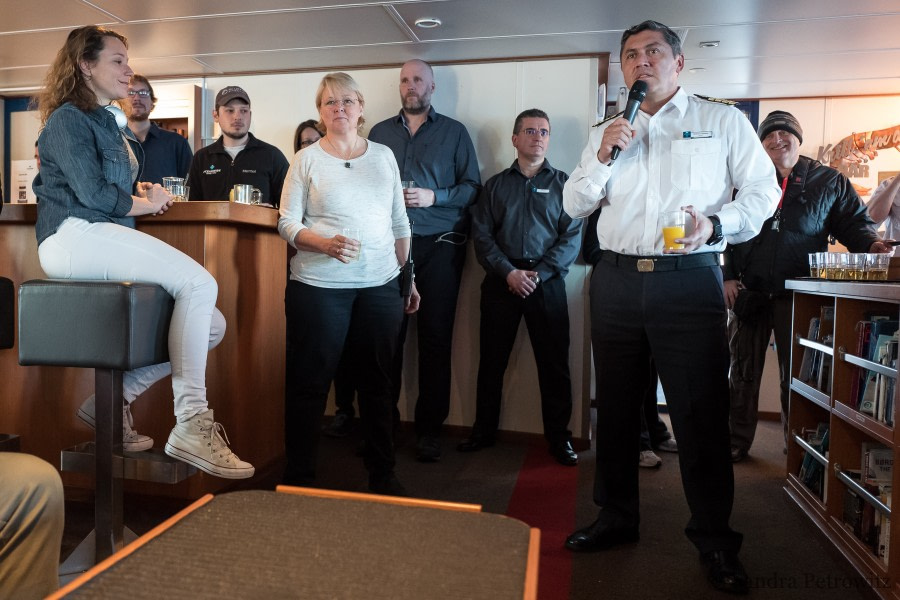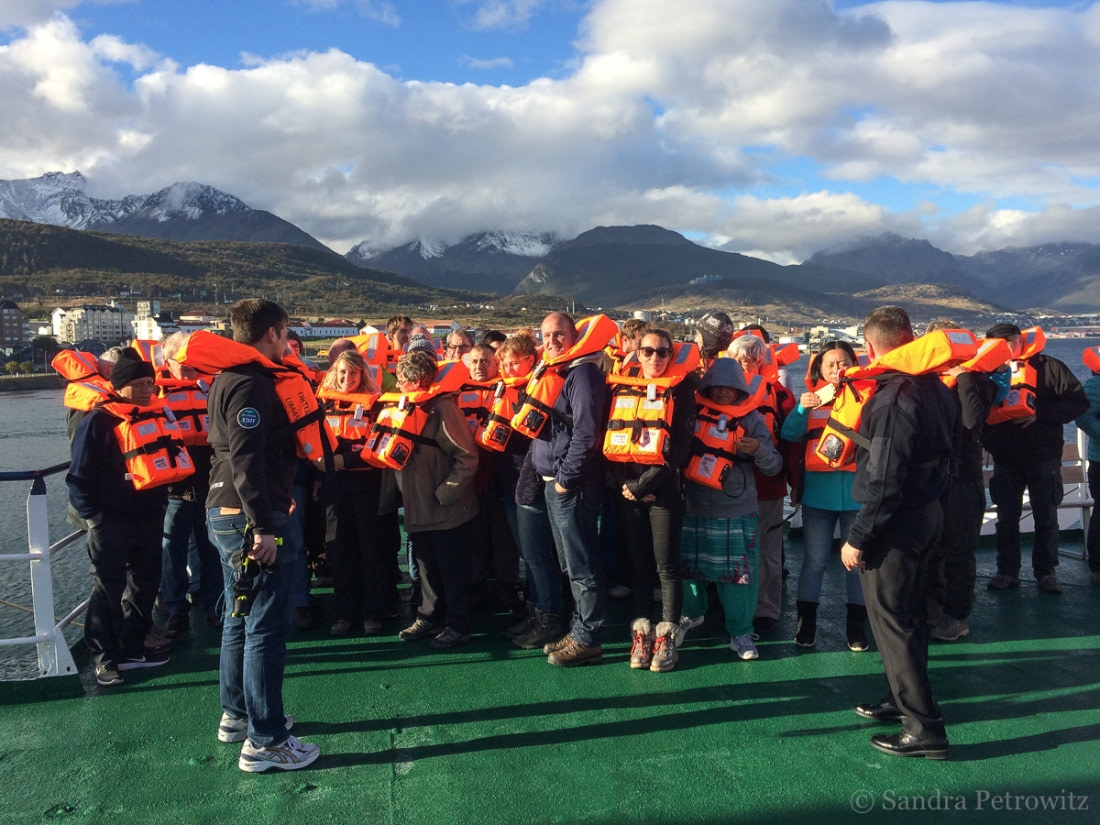| Datum: | 14.03.2018 |
| Position: | 54°48.6'S, 068°17'W |
| Wind: | SW 4 |
| Wetter: | bewölkt |
| Lufttemperatur: | +7 |
An diesem schönen Nachmittag am Ende der Welt (Fin del Mundo), an einem für Ushuaia sehr typischen Tag, an dem das Wetter alle fünf Minuten von Sonnenschein zu Nieselregen, von bewölktem Himmel zu klaren Stellen wechselte, hatten wir uns auf den Weg zum Pier gemacht. Gegen 16.00 Uhr begann das Einschiffen auf der Ortelius, und schon bald wurden wir von unserem Hotelmanager und seinem Assistenten, Sebastian und Sava, in Empfang genommen. Unser Gepäck hatte bereits den Weg in unsere Kabinen gefunden, so dass wir etwas Zeit hatten, um auszupacken und uns einzurichten. Bald darauf begannen wir, unser neues Zuhause zu erkunden; der vielleicht wichtigste Ort, den es zu finden galt, war die Bar auf Deck 6, wo man rund um die Uhr Kaffee/Tee trinken kann, und der Weg zu den Außendecks, von wo aus man einen Blick auf die Tierwelt und die Landschaft werfen kann. Um 17 Uhr versammelten wir uns im Vortragsraum auf Deck 3 zu einer obligatorischen Einweisung durch Expeditionsleiterin Lynn. Sie begrüßte uns an Bord und stellte uns den Dritten Offizier Warren vor, der eine wichtige Sicherheitseinweisung gab und die Abläufe der Rettungsbootübung erklärte. Jetzt wussten wir, was zu tun ist, wenn wir ein Feuer oder einen Mann über Bord sehen, und wir wussten genau, was wir zu packen haben und wohin wir gehen müssen, wenn der Generalalarm des Schiffes ausgelöst wird. Mit sieben kurzen und einem langen Ton wurden wir (warm angezogen und mit unseren großen orangefarbenen Schwimmwesten ausgestattet) zur Bar gerufen, die auch als Appellplatz diente. Sobald wir alle da waren, ertönte das Signal zum Verlassen des Schiffes", und wir gingen geordnet nach draußen und versammelten uns neben den Rettungsbooten, um die Übung zu beenden. Danach stand es uns frei, unsere Erkundungen auf dem Schiff fortzusetzen oder mit unseren Kameras an Deck zu gehen, um die Abfahrt der Ortelius aus Ushuaia zu beobachten. Wir verabschiedeten uns von dieser bezaubernden Stadt und fuhren den Beagle-Kanal hinunter in Richtung offener Ozean. Vor dem Abendessen versammelten wir uns noch einmal in der Lounge/Bar auf Deck 6, um die wichtigsten Besatzungsmitglieder kennenzulernen und etwas über den Schiffsablauf während unserer Reise zu erfahren. Hotelmanager Sebastian gab uns nützliche Informationen über Essenszeiten, Internet/Webmail-Zugang und den richtigen Umgang mit den Toiletten. Ihm folgte Expeditionsleiterin Lynn, die uns Kapitän Ernesto vorstellte - die Person, die uns sicher hin- und zurückbringen wird - und dann an ihr Team von Mitarbeitern übergab, die sich selbst vorstellten. Wir stießen mit einem Glas Sekt (oder Orangensaft) auf den Erfolg unserer Reise an, und dann war es Zeit für unser erstes Abendessen an Bord. Nach dem Essen stand der Schiffsarzt Jacco im Krankenhaus zur Verfügung, um Medikamente gegen Seekrankheit zu verteilen und wertvolle Ratschläge zu geben. Die Vorhersage für die Überquerung des Drake sah nicht allzu schlecht aus, dennoch waren wir vorsichtig. Ein Spaziergang an Deck, eine Tasse Tee oder etwas Stärkeres, ein letzter Blick auf den wunderbaren Sternenhimmel über dem Schiff, und dann fielen die meisten von uns nach einem anstrengenden und aufregenden Tag ins Bett - in der Hoffnung, schnell eingeschlafen zu sein, bevor wir die offene See erreichten.
